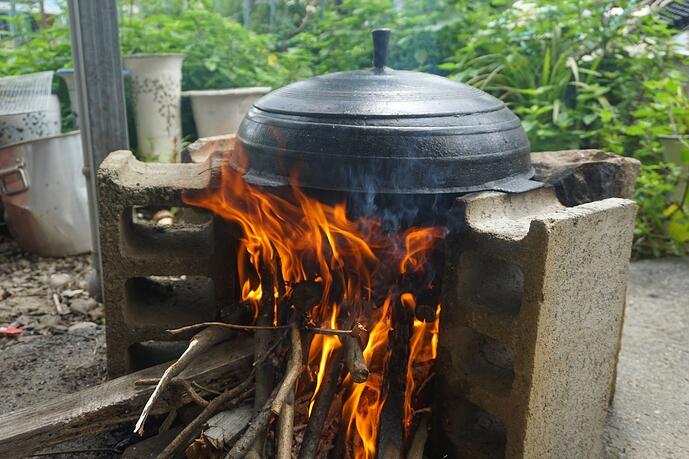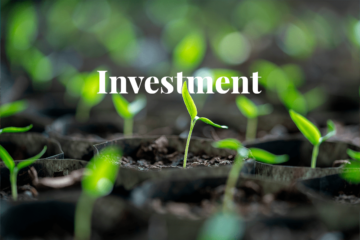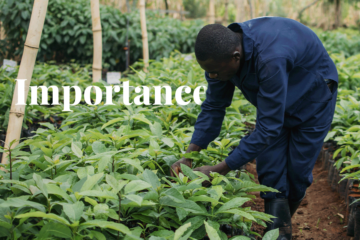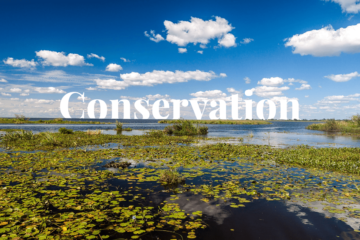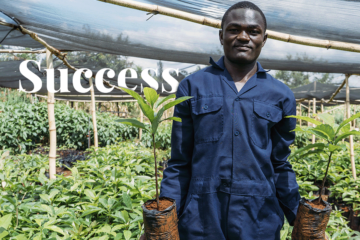In many countries around the developing world, a majority of households burn firewood or biomass to fulfill their cooking and heating needs. Burning solid fuels for cooking emits some of the most significant contributors to global climate change, and unsustainable wood harvesting contributes to deforestation, reducing carbon uptake by forests
Health impacts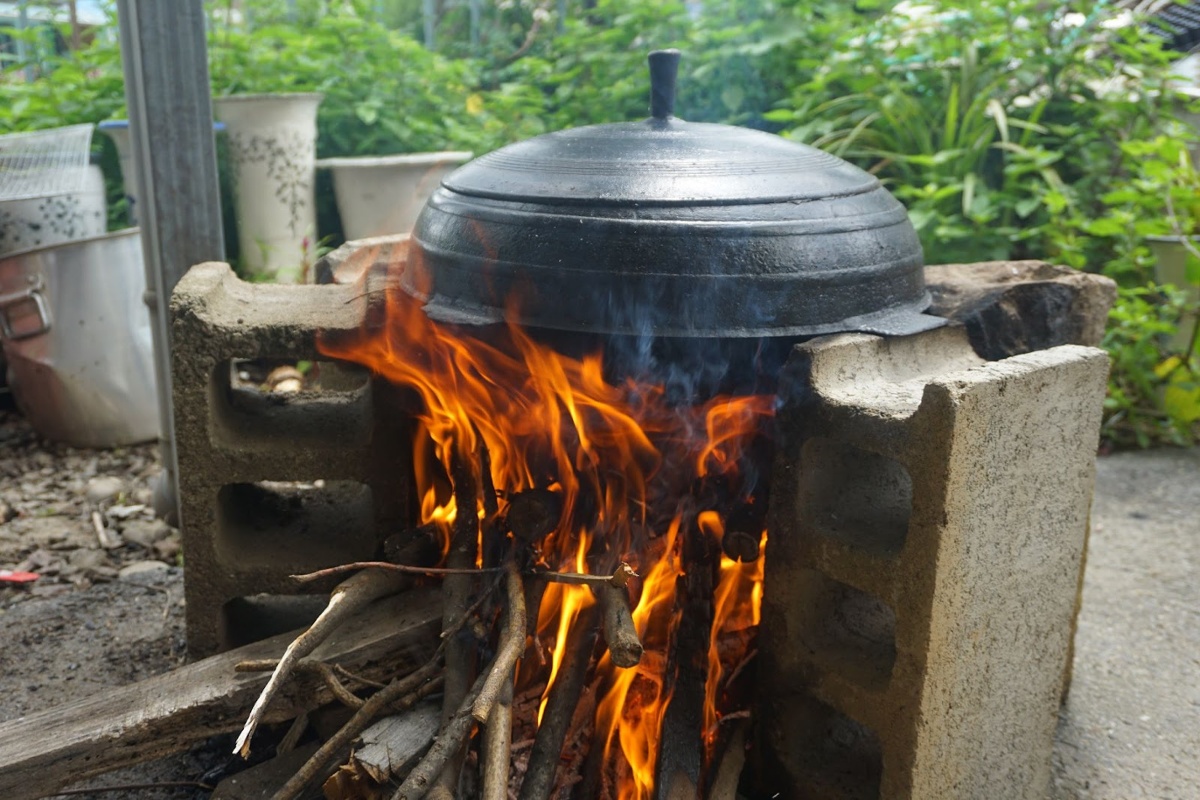
According to the World Health Organization, around 2.4 billion people worldwide (around a third of the global population) cook using open fires or inefficient stoves fueled by kerosene, biomass (wood, animal dung and crop waste) and coal, which generates harmful household air pollution.
Burning solid fuels as wood and charcoal releases carbon dioxide, carbon monoxide, methane and black carbon. Black carbon is a small, dark particle that is released as a result of incomplete combustion of solid fuels. Although black carbon is a particle rather than a greenhouse gas, the World Bank estimates it is the second largest climate warmer after carbon dioxide
Households are exposed to toxins that cause respiratory diseases. Indoor air pollution was responsible for 3.2 million deaths per year in 2020, including over 237,000 deaths of children under the age of 5. According to United Nations´ data, women who typically do the cooking, frequently visit local health centers suffering from respiratory diseases due to inhaling smoke.
The highest health costs associated with the use of polluting fuels and technologies in households are borne by women and children who are often in charge of household tasks like cooking and collecting firewood. Women and children spend a lot of time gathering fuel, which raises the risk of physical injuries and interferes with other useful tasks like education. They are also at risk of harm and violence while obtaining fuel in less safe locations.
Cookstoves vs. carbon
Energy-efficient cookstoves reduce the amount of wood used for fuel, decreasing deforestation. Wood and charcoal use will be reduced 50% as a result of these stoves and many of the current more advanced efficient cookstoves have been shown to reduce fuel no less than 30% and up to 60%, They also provide cleaner, more complete combustion, which can result in fewer greenhouse gas and black carbon emissions. The most advanced -efficient and low emission- cookstoves can reduce black carbon emissions by between 50% and 90%.
Each energy-efficient stove reduces CO2 emissions by 2,85 tonnes annually as compared to traditional open-fire cooking. By reducing carbon emissions, cookstoves create carbon credits that can be then purchased by companies seeking to offset their carbon emissions by purchasing verified carbon credits.
The fuel in improved cook stoves is burned more efficiently, releasing reduced amounts of carbon dioxide released into the atmosphere. Also, improved efficiency means a reduction in the number of trees removed from forests for cooking fuel. Daily fuel wood use can be reduced from 15-20 kilograms to 2-3 kilograms. The reduction in wood use can effectively reduce this source of deforestation, allowing afforestation or conservation projects to be more effective.
DGB is currently developing and managing two different cookstoves projects. The Sawa Cookstove Project in Cameroon, and The Hongera Energy Efficient Cookstove Project in Kenya. Both involve the manufacturing and distribution of energy-efficient, locally-manufactured and sustainably-produced cookstoves to individuals and communities. DGB manufactures and will distribute 150,000 efficient cookstoves to people in multiple sites across Mount Kenya & Aberdare.
In Cameroon, DGB will provide 150,000 efficient furnaces, to encourage local populations to use this efficient way for heating and cooking in the area surrounding Ntui. Taken together, both projects are expected to create over 3,6 million credits over their 6-year project lifetime, approximately 600,000 carbon credits per year.
In Kenya alone, efficient cookstove adoption has saved 283 hours time saved per household per year, an equivalent of 5 hours per week. Each stove prevents about 2.3 tons of carbon dioxide from being released into the atmosphere and saves 1.4 tons of fuel wood use per year.
- SEO Powered Content & PR Distribution. Get Amplified Today.
- Platoblockchain. Web3 Metaverse Intelligence. Knowledge Amplified. Access Here.
- Source: https://www.green.earth/blog/cookstoves-for-carbon-reduction
- 000
- 1
- 2020
- a
- About
- According
- across
- Adoption
- advanced
- After
- AIR
- Air pollution
- All
- Allowing
- alone
- Although
- amount
- amounts
- and
- animal
- Annually
- approximately
- AREA
- around
- associated
- Atmosphere
- being
- between
- Billion
- Black
- burn
- carbon
- carbon credits
- carbon dioxide
- carbon emissions
- Carbon monoxide
- Cause
- Centers
- change
- charge
- Children
- Climate
- Climate change
- Coal
- code
- Collecting
- Communities
- compared
- complete
- CONSERVATION
- contributors
- Costs
- countries
- create
- Credits
- crop
- Current
- Currently
- daily
- Dark
- data
- deaths
- developing
- developing world
- DGB
- different
- diseases
- distribute
- distribution
- Education
- Effective
- effectively
- efficiency
- efficient
- efficiently
- Emissions
- encourage
- energy
- Equivalent
- estimates
- Ether (ETH)
- expected
- exposed
- fires
- frequently
- from
- Fuel
- Fulfill
- GAS
- gathering
- generates
- Global
- Green
- harmful
- Harvesting
- Health
- highest
- HOURS
- household
- households
- HTTPS
- HubSpot
- improved
- in
- Including
- individuals
- Indoor
- inefficient
- involve
- IT
- kenya
- largest
- lifetime
- local
- locations
- Lot
- Low
- Majority
- managing
- manufacturing
- many
- max-width
- means
- methane
- million
- more
- most
- MOUNT
- multiple
- needs
- number
- obtaining
- offset
- open
- Other
- People
- physical
- plato
- Plato Data Intelligence
- PlatoData
- Pollution
- population
- populations
- project
- projects
- provide
- purchased
- purchasing
- raises
- reduce
- Reduced
- reduces
- reducing
- released
- Releases
- Removed
- responsible
- result
- Risk
- safe
- Second
- seeking
- shown
- significant
- Sites
- small
- Smoke
- solid
- some
- Source
- spend
- suffering
- Surrounding
- tasks
- Technologies
- The
- The Area
- their
- Third
- time
- to
- together
- tons
- traditional
- Trees
- typically
- under
- use
- verified
- Waste
- week
- which
- while
- WHO
- will
- Women
- world
- worldwide
- year
- Your
- zephyrnet

